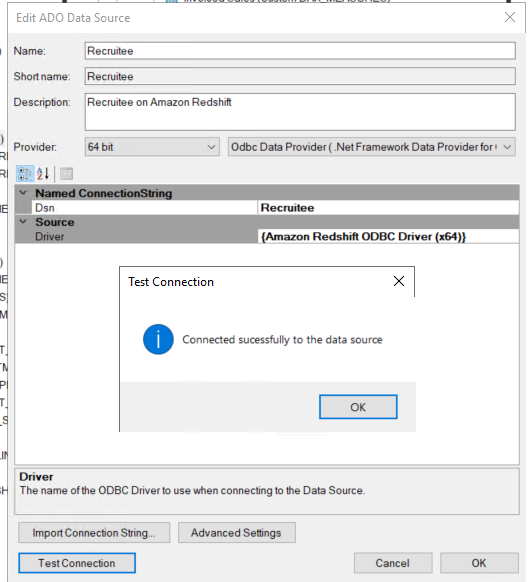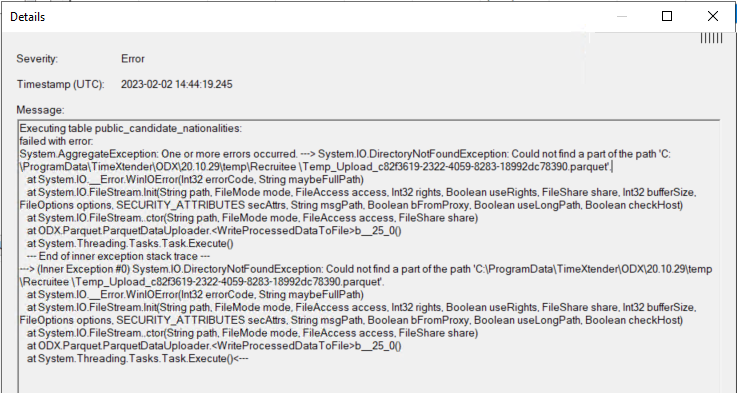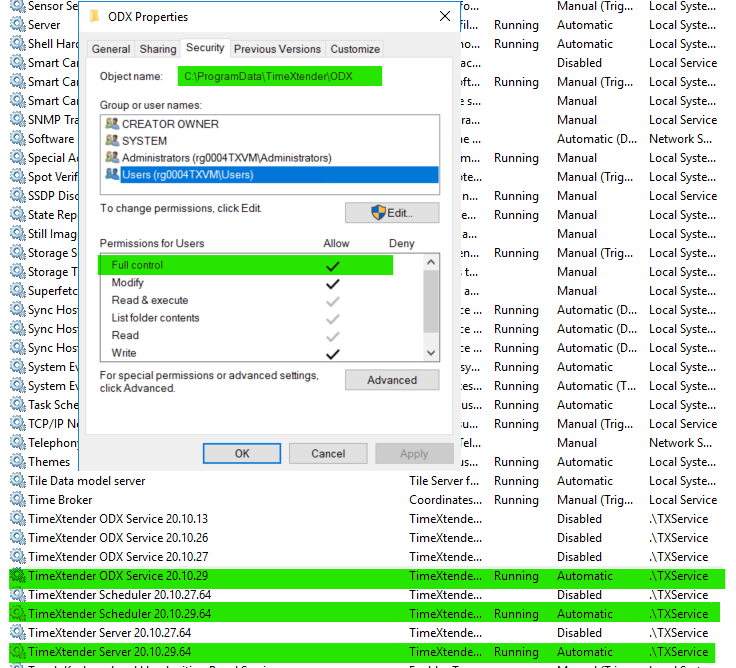For one of our clients I need to connect to a database on Amazon Redshift. The IT Vendor who made the system is telling us to use SSL mode Required ( https://docs.aws.amazon.com/redshift/latest/mgmt/connecting-ssl-support.html#connect-using-ssl ). Using this setting in the ODBC connector from Amazon itself works fine but the CData connector only gives a true false dropdown. I've checked if this perhaps was one of those fields where you can overrule the drop down with manual input but that's not the case for this one. Is there any way to get this working in the CData connector or would our only option for now by create DSN and then use the ADO ODBC option the the ODX to connect with the DSN.
Answer
Amazon Redshift Connector SSL mode drop down missing options
Enter your E-mail address. We'll send you an e-mail with instructions to reset your password.









